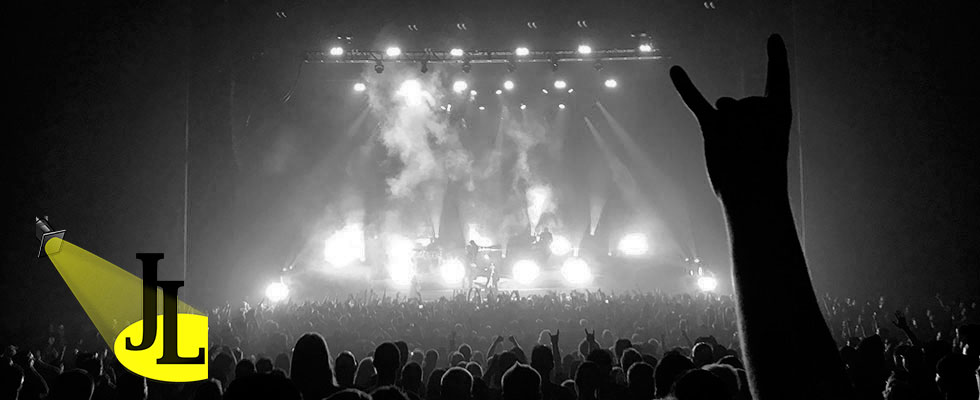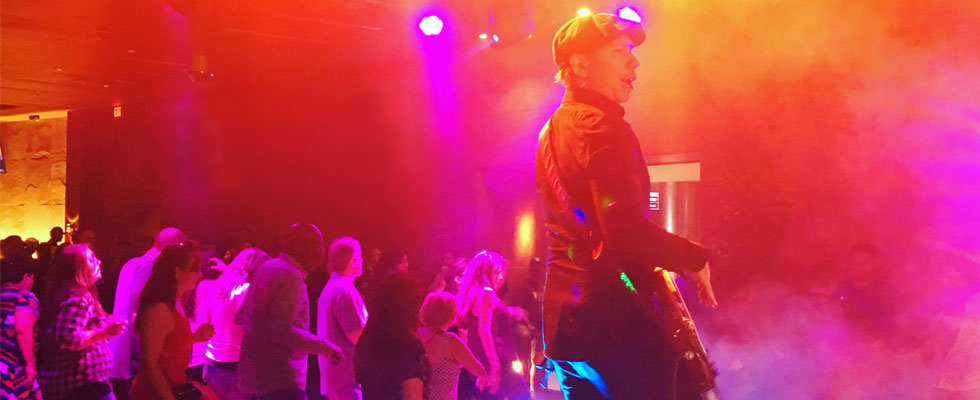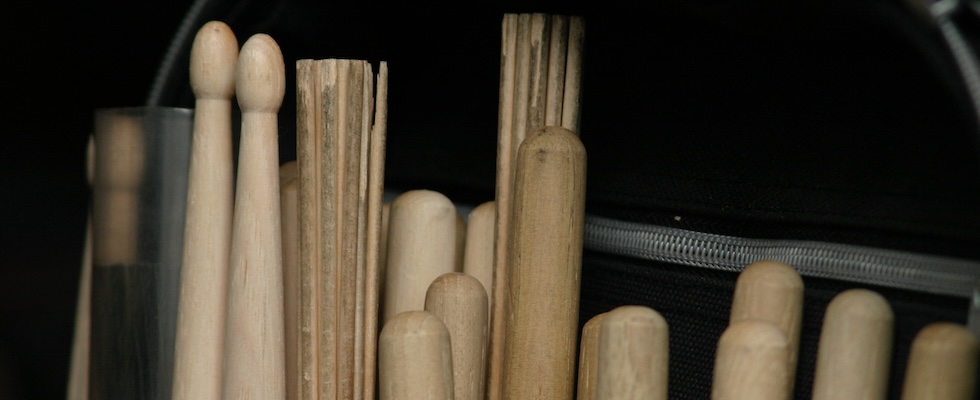Country-singer Kacey Musgraves was preparing for a sold-out show at the 1,800 seat Van Buren in Phoenix on February 13th, 2019 when she took home four trophies including Album of the Year at the 61st Grammy Awards on February 10th. Phoenix fans were lucky to find out that her management had already placed a second show on sale at the 5,000 capacity Comerica Theater in August.
I was certain that Musgraves new mass-market status was going to push demand, and consequently the price of tickets up. It appeared that I was not the only one. The show sold great out of the gate and within weeks very few primary tickets were left. Fans were forced to purchase from the resale market. As usual, these prices were higher than the ticket’s face value – at least up until showtime.
Between 2:00 pm – 4:00 pm on show day a flood of tickets went on sale. Many at half the face value. Tickets are sometimes released closer to show time, but usually, these are from the act’s camp and sold on the primary market. Instead, these below-face value tickets were found on the resale markets. This got me thinking about the ticket brokering game, how it impacts the concert ecosystem, and if there is an added benefit to the practice.
Most of the press surrounding ticket scalpers or brokers is negative and rightfully so. They buy blocks of tickets at face value then jack up the prices. This results in less opportunity for true fans to enjoy their favorite artist. However, at its core, ticket brokering is pretty much the same as trading stocks. You buy a piece of a company at a reasonable price in hopes that their valuation will rise so you can sell the stock and earn money for your prediction. The same is true in ticket scalping. Individuals or companies buy up blocks of tickets based on the assumption that demand for a particular artist will increase. These entities then raise the price and make a profit on their analysis.
But what happens when these predictions are off and the broker is stuck with a block of tickets they can’t sell at face value? In the stock market, that individual can just hold onto the stock in hopes of a better-priced future. However, in the world of rock-and-roll concerts are time-sensitive. The ticket scalper’s opportunity to recoup his or her investment is gone forever once the lights hit. The only course of action is to sell at a loss and hope they make some of their money back.
This can be a HUGE benefit for the artist. In most scalping instances tickets are purchased at the agreed-upon ticket scaling rate between the venue, promoter, and artist’s management team. Yes, brokers buy up blocks of tickets, but they are typically doing so at face value, so the artist receives some benefit. For one, they are more likely to have a sold-out show and for a band building their brand on the road. Sold-out shows help them appeal to promoters and talent buyers that represent larger spaces and better opportunities. As I mentioned in a previous post, buyers and promoters are constantly assessing the risk involved in booking an act and sold-out sales metrics help alleviate that concern. Second, and perhaps more important. The band and their team earn a larger paycheck. This helps them stay on the road. Pay the crew, put on better concerts, market new events, and release new music.
I am not condoning ticket scalping. Especially in a day and age where bots can exasperate the process and cut off true fans within seconds. Just remember, scalping has been a part of the concert industry for decades. We all hate paying more than the face value of the ticket we receive. However, there are plenty of times where savvy fans get into shows at exceptional rates without impacting the Artist’s bottom line. There is some benefit to that.









